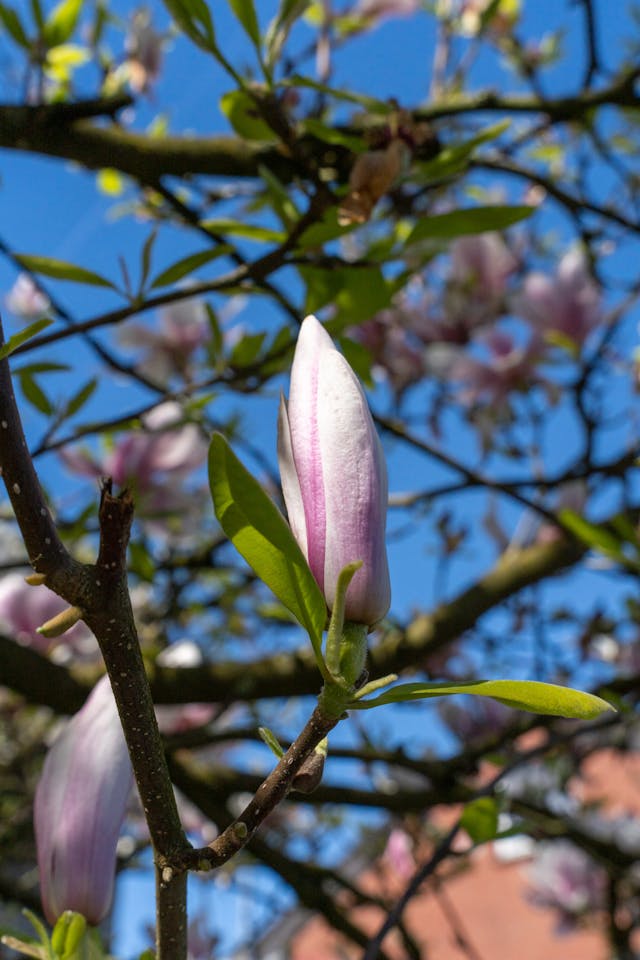Your June “Garden Tips” ~ Transitioning to Summer
So the Beauty Continues ~ With Help
As we transition from spring weather to a hotter and drier period, the realization is that effective landscape care is a partnership.
The most obvious part is your willingness to act on our recommendations for the proper care of your landscape.
We don’t make recommendations lightly; rather, they are carefully thought out. Our objective is always to preserve the health and beauty of your landscape economically, which is more possible because of our years of experience. Changing weather conditions can alert us to possible problems in your landscape. In fact, the longer we provide care for your property, the better we can predict situations that require attention before they get serious and expensive to fix. Of course, we can’t be on your property every day, so we also rely on our partner, you, to alert us if you see something awry. On another subject: planting lots of flowers all over.
We’ve all enjoyed the abundance of blooming trees, bulbs, flowering shrubs during spring. Now you can use annual flowers, maybe some perennials too, to elongate the season of blooming through the summer and into the fall. We have some ideas for you.
Actually, there are good reasons to be generous in your flower planting. “Evolutionary Psychology” publication reported in a study that the sight of flowers produced better moods in both men and women. A Harvard Medical School study demonstrated that the sight of flowers on a daily basis boosts energy and produces more relaxed feelings.
Sounds like a strong message to have containers of flowers all around your patio and garden; and be sure to plant lavender for its beneficial aromatherapy.
For June Some Quick Reminders
- Water! The indisputable star of the strategy to keep your landscape green and healthy by providing a consistent supply.
- “Weedy Gray Heads:” Bluegrass varieties go to seed in late spring, and appear as if the lawn has been suddenly invaded by weeds! Not so; the seed heads will disappear in a few weeks, and the turf will regain a deeper green.
- Lawn Diseases: Pop up when the weather suddenly becomes hotter, or when nitrogen is low (Dollar Spot; Red Thread, etc), or nitrogen is high (Leaf Spot; Pythium, etc). Depending upon severity, a fungicide may be needed.
- Insect Marauders: Insect populations are high as insects strive to breed the next generation by feeding on your plants.
Water for Thirsty, Hot Turf
Turf Care Concerns Late Spring
There are several players that do not want you to enjoy your lawn’s greenness. Pictured here is a sod webworm moth laying eggs so their larvae can eat your lawn. Diseases come with weather changes and stress from lack of water. There’s also the possibility of chinch bugs or aphids sucking the grass blades dry of nutrients and moisture.
The most critical concern is for a consistent supply of water to your turf. Grass blades are 85% water. Water being drawn up through the root system cools the blades that are subject to intense heat during a hot day. Water ‘carries’ nutrients throughout the turf plant, and gives ‘rigidity’ to the blades.
Shrubbery Care Late Spring
There could be many insects scurrying around chewing or sucking nutrients from your plants. But, Black Vine Weevil and Phytophthora pictured here are killers. Weevil larvae sever the plumbing that distributes nutrients throughout the plant. Phytophthora is a root disease that can be cured if identified early.
In any incidence when a shrub has been injured or infected, root fertilizing and stimulation is always the thing to do along with treating the problem.
IS IT TIME FOR THE YEARLY CHECKUP OF YOUR TREES?
 Twice a year we like to check on trees: in spring, once tree leaves are fully open; and in early fall, before the leaves turn.
Twice a year we like to check on trees: in spring, once tree leaves are fully open; and in early fall, before the leaves turn.
Now, if any tree displays miniature leaves, or if sections of the tree look like fall colors, the tree is telling us it needs professional help! That help may well include pruning and fertilizing, as well as fixing the reason or reasons why the tree is failing.
And then, there are weeping trees that need consistent pruning, so they can show off!
Your Sprinkler System: Be certain that every sprinkler head is functioning and the stream not interrupted by grass growing over the head. Be sure all sprinkler risers in the shrubbery beds are high enough so the water isn’t blocked, where some shrubs aren’t getting the water they need, while others are blocking the water stream and being ‘drowned’ with too much water. Timing should be about 1/2” for each watering cycle, 2-4 times a week depending upon temperatures.